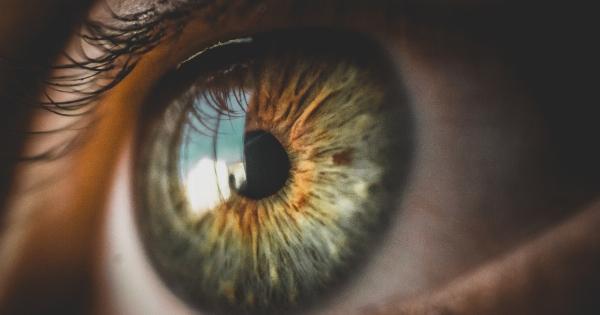Eye barley, also known as a sty or hordeolum, is a common eye condition that affects many people worldwide. It occurs when the oil glands in the eyelids become infected or blocked, leading to the formation of a painful lump.
Eye barley can cause discomfort, redness, and swelling in the affected area, making it important to take preventive measures to keep your eyes healthy and free from this condition.
1. Maintain good hygiene
One of the best practices to prevent eye barley is to maintain good hygiene. Always ensure that your hands are clean before touching your eyes. Use a mild soap and warm water to wash your hands thoroughly.
Additionally, avoid rubbing your eyes excessively, as this can introduce bacteria and increase the risk of infection.
2. Avoid sharing personal items
To prevent the spread of bacteria that can lead to eye barley, it is essential to avoid sharing personal items such as towels, washcloths, or eye makeup.
These items can harbor bacteria and transfer them to your eyes, increasing the likelihood of infection.
3. Remove eye makeup properly
When removing eye makeup, make sure to use a gentle makeup remover specifically formulated for the eyes. Avoid using harsh chemicals or scrubbing vigorously, as this can irritate the delicate skin around the eyes and lead to inflammation.
Cleanse the area thoroughly and ensure that no traces of makeup are left behind.
4. Avoid wearing contact lenses while swimming
Swimming in pools, lakes, or other bodies of water can introduce harmful bacteria and other microorganisms into your eyes, increasing the risk of developing eye barley. It is best to avoid wearing contact lenses while swimming to reduce this risk.
If you need vision correction, consider wearing prescription goggles instead.
5. Use clean and sterile contact lenses
If you wear contact lenses, it is crucial to follow proper cleaning and disinfection practices. Always clean your contact lenses using the recommended solution and avoid using tap water or saliva, as these can introduce harmful bacteria to the lenses.
Additionally, replace your contact lens case regularly to prevent bacterial buildup.
6. Keep your eyelids clean
Cleansing your eyelids regularly can help prevent the buildup of bacteria and oil that can lead to eye barley. Use a mild cleanser or baby shampoo and warm water to gently clean your eyelids. Rinse thoroughly and pat dry with a clean towel.
7. Avoid eye irritants
Exposure to irritants such as smoke, dust, or pollen can trigger inflammation and increase the risk of developing eye barley. If you know that you are sensitive to certain irritants, take measures to avoid exposure.
Consider wearing protective eyewear, such as goggles or sunglasses, to shield your eyes from irritants when necessary.
8. Maintain a healthy lifestyle
A healthy lifestyle can contribute to overall eye health and reduce the risk of eye barley. Eat a balanced diet rich in fruits, vegetables, and omega-3 fatty acids to nourish your eyes.
Stay hydrated by drinking plenty of water and get regular exercise to improve blood circulation to the eyes.
9. Take breaks from digital screens
Extended periods of time spent staring at digital screens can strain your eyes and increase the risk of dryness or irritation, making you more susceptible to eye barley.
To prevent this, follow the 20-20-20 rule – every 20 minutes, look away from the screen and focus on an object about 20 feet away for 20 seconds.
10. Seek professional help
If you experience persistent symptoms such as persistent pain, redness, or swelling in your eyes, it is important to seek professional help.
A healthcare provider or eye specialist can accurately diagnose your condition and provide appropriate treatment options.



























